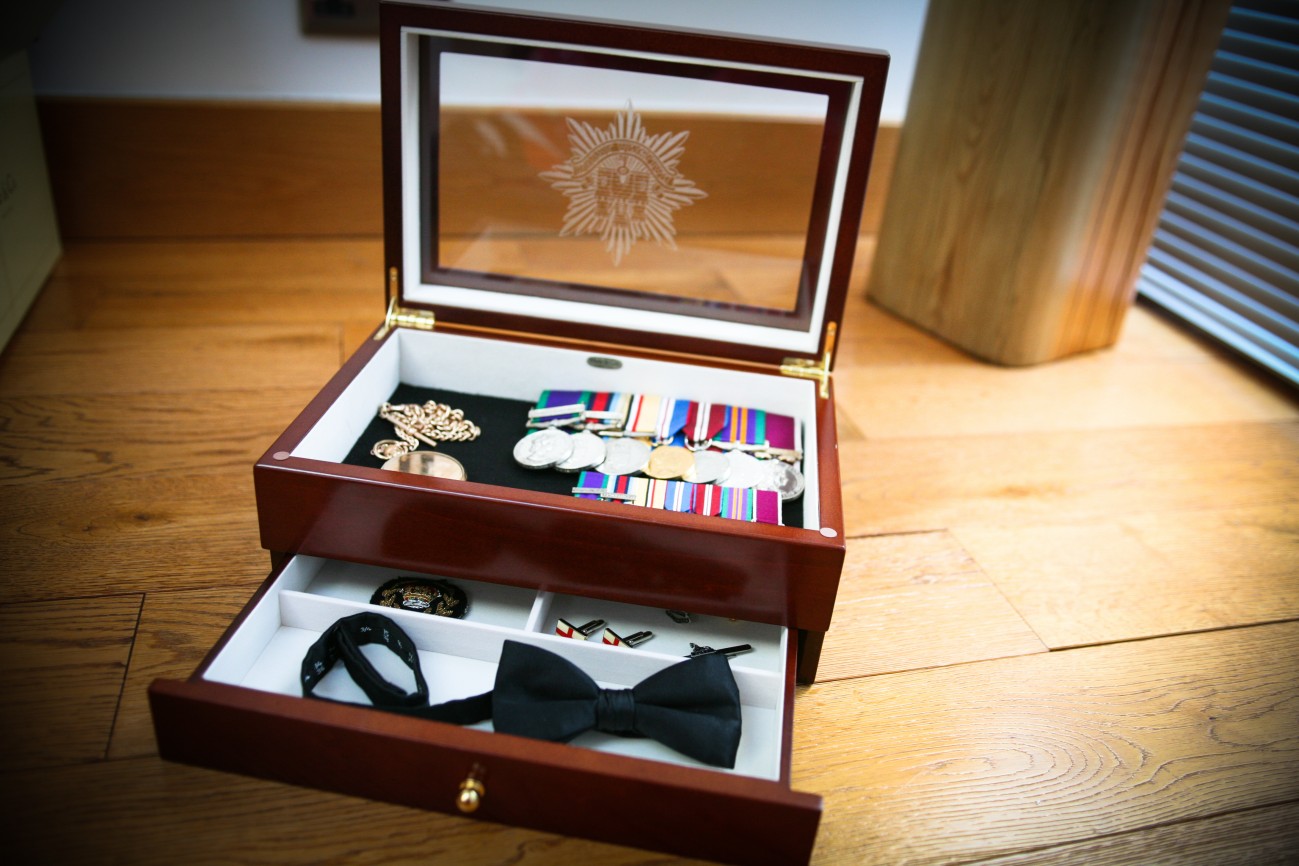

Articles
How To Store Medals
Modified: January 6, 2024
Learn the best techniques for storing your precious medals with our informative articles, ensuring their safety and longevity.
(Many of the links in this article redirect to a specific reviewed product. Your purchase of these products through affiliate links helps to generate commission for Storables.com, at no extra cost. Learn more)
Introduction
Medals hold a special place in our hearts. Whether they are tokens of personal achievements, military honors, or sports accolades, they represent hard work, dedication, and triumphs. However, without proper storage, these cherished mementos can lose their luster or even suffer damage over time. That’s why it’s essential to store your medals correctly to preserve their beauty and value.
In this article, we will guide you through the steps of storing your medals to ensure they remain in pristine condition for years to come. From choosing the right storage materials to organizing and documenting the medals, we will cover everything you need to know to safeguard your precious keepsakes.
So, let’s delve into the world of medal storage and uncover the secrets to maintaining their shine and significance.
Key Takeaways:
- Preserve the significance of your medals by choosing the right storage materials, organizing and documenting them, and maintaining regular care. Ensure their beauty and value for generations to come.
- Safeguard your cherished medals by investing in archival quality storage materials, selecting appropriate display options, and implementing regular maintenance. Create an organized and visually appealing display to showcase your achievements.
Step 1: Choosing the Right Storage Materials
Choosing the right storage materials is crucial in protecting your medals from potential damage. Here are some essential materials to consider:
- Acid-Free Tissue Paper: Use acid-free tissue paper to wrap your medals individually. This will prevent any contact between the medals and other materials, reducing the risk of scratches or tarnishing.
- Archival Quality Boxes: Invest in archival quality boxes specifically designed for medal storage. These boxes are usually made of acid-free and lignin-free materials, which prevent chemical reactions that can deteriorate your medals over time. They also typically come with foam inserts that help keep the medals secure and protect them from excessive movement.
- Anti-Tarnish Strips: Place anti-tarnish strips in the medal storage boxes to prevent tarnish build-up. These strips absorb moisture and other air pollutants that can cause oxidation, ensuring your medals stay in pristine condition.
- Silica Gel Packets: Include silica gel packets in the storage boxes to absorb excess moisture and control humidity levels. This will help prevent the formation of mold or mildew, which can damage your medals.
- UV-Protected Display Cases or Shadow Boxes: If you plan to display your medals, use UV-protected display cases or shadow boxes. These protect your medals from harmful ultraviolet (UV) rays, which can cause fading and discoloration over time.
By using these storage materials, you can ensure that your medals are protected from various external factors that can potentially harm their appearance and value. Now let’s move on to the next step: cleaning and preparing the medals for storage.
Step 2: Cleaning and Preparing the Medals for Storage
Before storing your medals, it’s essential to clean and prepare them properly. Here’s how:
- Gentle Cleaning: Use a soft cloth or microfiber cloth to gently clean the medals. Avoid using abrasive materials or harsh chemicals, as they can scratch or damage the surface. If there are stubborn stains or tarnish, consult a professional medal conservator for appropriate cleaning techniques.
- Dry Thoroughly: Ensure that the medals are completely dry before storing them. Moisture can lead to corrosion or tarnish, causing irreversible damage. Allow the medals to air dry or use a soft cloth to pat them dry.
- Photograph or Document: Take a photograph of each medal and document any information or historical context associated with it. This helps in preserving the memories and provides a reference if needed in the future.
- Wear Gloves: When handling the medals, always wear clean cotton gloves or latex gloves. This prevents the transfer of oils, dirt, or contaminants from your hands onto the medals.
- Individual Wrapping: Wrap each medal individually with acid-free tissue paper. This adds an extra layer of protection and prevents the medals from scratching against each other during storage.
By following these steps, you ensure that your medals are clean, dry, and well-protected before being stored. Now that the medals are ready, let’s move on to selecting an appropriate storage option.
Step 3: Selecting an Appropriate Storage Option
Choosing the right storage option for your medals is crucial in maintaining their condition and preventing any potential damage. Here are some options to consider:
- Archival Quality Boxes: As mentioned earlier, archival quality boxes are an excellent choice for medal storage. These boxes are designed to resist acid and lignin, which can cause deterioration. They are also equipped with foam inserts or compartments that provide cushioning and prevent movement, keeping your medals safe and secure.
- Display Cases: If you want to showcase your medals, consider using display cases. Look for UV-protected cases that reduce the exposure to harmful ultraviolet rays, which can cause fading and discoloration over time. Display cases also offer a visually appealing way to exhibit your medals while keeping them protected from dust and other environmental factors.
- Shadow Boxes: Similar to display cases, shadow boxes provide an elegant way to display and store multiple medals. These boxes usually have a glass front, allowing you to admire the medals while protecting them from dust and maintaining a suitable environment.
- Vertical Storage Racks: Vertical storage racks are an excellent option for organizing and displaying your medal collection. These racks allow you to hang the medals vertically, preventing them from touching each other and reducing the risk of scratches or damage. Ensure that the rack is made of non-reactive material, such as stainless steel or acrylic, to avoid any chemical reactions with the medals.
Consider the number of medals you have, the available space, and your display preferences when selecting the appropriate storage option. Remember, whichever option you choose, ensure that it provides adequate protection from dust, humidity, and UV rays.
Now that you have selected the right storage option, it’s time to move on to the next step: organizing and grouping the medals.
Store medals in a cool, dry place to prevent tarnishing. Avoid displaying them in direct sunlight or humid areas. Consider using a display case or shadow box to protect them from dust and damage.
Step 4: Organizing and Grouping the Medals
Organizing and grouping your medals not only enhances their visual appeal but also makes it easier to locate specific medals in the future. Follow these steps to effectively organize and group your medals:
- Sort by Category: Begin by sorting your medals into categories. Create categories based on the type of achievement, event, or theme of the medals. For example, you could have categories such as sports medals, military medals, academic medals, etc.
- Create Subgroups: Within each category, consider creating subgroups to further organize your medals. This could be based on the year, level of achievement, or any other criteria that make sense for your collection. For instance, you could have subgroups like sports medals – basketball, sports medals – swimming, military medals – Army, military medals – Navy, and so on.
- Arrange Chronologically: If applicable, arrange your medals within each subgroup chronologically. This helps showcase the progression and growth over time. It also makes it easier to locate specific medals if you are looking for a particular one from a specific year.
- Consider Display Options: Depending on your storage option, you can arrange your medals in a visually appealing manner. For example, in shadow boxes or display cases, you can arrange them in rows or create a visually pleasing pattern. Experiment with different arrangements until you find one that suits your taste.
- Label or Tag: To keep track and easily identify each group or subgroup, consider labeling or tagging them. This can be done with small labels, tags, or even digital databases that catalog your medals. Labeling ensures that you can quickly locate specific medals without having to open every box or display case.
By organizing and grouping your medals, you create a system that not only protects them from damage but also makes it easier to showcase and appreciate your collection.
Now that your medals are organized and grouped, the next step is to label and document them. Let’s move on to step 5.
Read more: How To Store Store-Bought Bread
Step 5: Labeling and Documenting the Medals
Labeling and documenting your medals is crucial for maintaining an organized collection and preserving their history and significance. Here are some steps to help you effectively label and document your medals:
- Label Storage Boxes: Begin by labeling the storage boxes or containers that hold your medals. Use clear, legible labels that clearly identify the category or subgroup of medals inside. This makes it easier to locate specific medals without having to open every box.
- Create Detailed Descriptions: For each medal, create a detailed description that includes relevant information such as the name of the event, date, location, and any significant details associated with the medal. This information helps preserve the historical context and personal memories related to the medal.
- Digitize Documentation: Consider digitizing your documentation using scanning or photography. This ensures that you have a backup of the information in case the physical documentation is lost or damaged. Digital documentation also allows for easy sharing with family and friends.
- Use Online Platforms or Apps: Explore online platforms or apps specifically designed for organizing and documenting collections. These platforms offer features such as digitizing medal information, providing a space for uploading photographs, and adding additional notes or details. They can be a valuable tool for managing and organizing your medal collection.
- Create a Catalog: As your collection grows, it’s beneficial to create a catalog that lists all your medals, their descriptions, and any relevant historical information. This catalog can serve as a reference and help you keep track of your collection’s growth as you acquire new medals over time.
By labeling and documenting your medals, you ensure their history and significance are preserved for future generations to appreciate. Now, it’s time to move on to the final step: regular maintenance and care for stored medals.
Step 6: Regular Maintenance and Care for Stored Medals
Regular maintenance and care are essential to ensure that your stored medals remain in optimal condition. Follow these steps to maintain and protect your medals:
- Dust Regularly: Dust your medal storage boxes, display cases, or shadow boxes regularly to prevent the accumulation of dirt and dust on your medals. Use a soft, lint-free cloth or a small brush to gently remove any dust particles.
- Monitor Temperature and Humidity: Keep an eye on the temperature and humidity levels in the storage area. Extreme temperatures and high humidity can lead to damage, such as rust or discoloration. Aim for a stable environment with moderate temperature and humidity levels.
- Inspect for Damage: Periodically inspect your stored medals for any signs of damage, including tarnish, corrosion, or scratches. If you notice any issues, take appropriate measures to address them promptly. Consult a professional conservator if necessary.
- Handle with Care: When taking out or handling your medals, always use clean cotton gloves or latex gloves to minimize contact with skin oils and dirt. Avoid touching the medal surface directly, as this can leave fingerprints or transfer contaminants onto the surface.
- Avoid Exposure to Direct Sunlight: UV rays from direct sunlight can cause fading and discoloration of your medals over time. Keep your medals away from windows or areas with excessive sunlight. If displaying your medals, choose UV-protected display cases or shadow boxes that minimize UV exposure.
- Store in a Safe Location: Choose a safe and secure location for storing your medals. Keep them away from areas prone to moisture, extreme temperature fluctuations, or high levels of humidity. Consider using locked cabinets or safes for added protection.
By following these maintenance and care tips, you can ensure that your stored medals maintain their beauty, value, and significance for years to come. Remember to periodically check on your medals and address any issues promptly to prevent further damage.
Now that you have learned the steps to properly store and maintain your medals, you can confidently preserve and showcase your cherished collection. Happy medal storage!
Conclusion
Properly storing and preserving your medals is essential for maintaining their beauty, significance, and value. By following the steps outlined in this article, you can ensure that your medals remain in pristine condition for years to come.
From choosing the right storage materials, cleaning and preparing the medals, selecting appropriate storage options, organizing and grouping the medals, labeling and documenting them, to regular maintenance and care, each step plays a crucial role in safeguarding your precious mementos.
Remember to invest in archival quality storage materials, such as acid-free tissue paper and boxes, to protect your medals from scratches, tarnish, and other forms of damage. Choose display cases or shadow boxes that offer UV protection to prevent fading and discoloration from harmful sunlight.
Organize your medals by category and subgroup, allowing for easy retrieval and creating an aesthetically pleasing display. Labeling and documenting your medals not only helps in maintenance but also preserves the historical context and personal significance associated with each medal.
Regular maintenance, including dusting, monitoring temperature and humidity, and inspecting for damage, ensures that your stored medals stay in optimal condition. Handle your medals with care, avoiding direct contact with bare hands to prevent damage from oils and dirt.
By implementing these practices, you can cherish your medals for a lifetime and pass them down as valuable heirlooms to future generations. Your carefully stored medals will continue to inspire and remind you of your achievements, military service, or sporting triumphs.
So, take the time to store your medals with care, preserving their beauty and significance for generations to come. With the right storage materials, proper cleaning and maintenance, and a well-organized system, your medals will continue to shine brightly as a testament to your accomplishments.
Frequently Asked Questions about How To Store Medals
Was this page helpful?
At Storables.com, we guarantee accurate and reliable information. Our content, validated by Expert Board Contributors, is crafted following stringent Editorial Policies. We're committed to providing you with well-researched, expert-backed insights for all your informational needs.

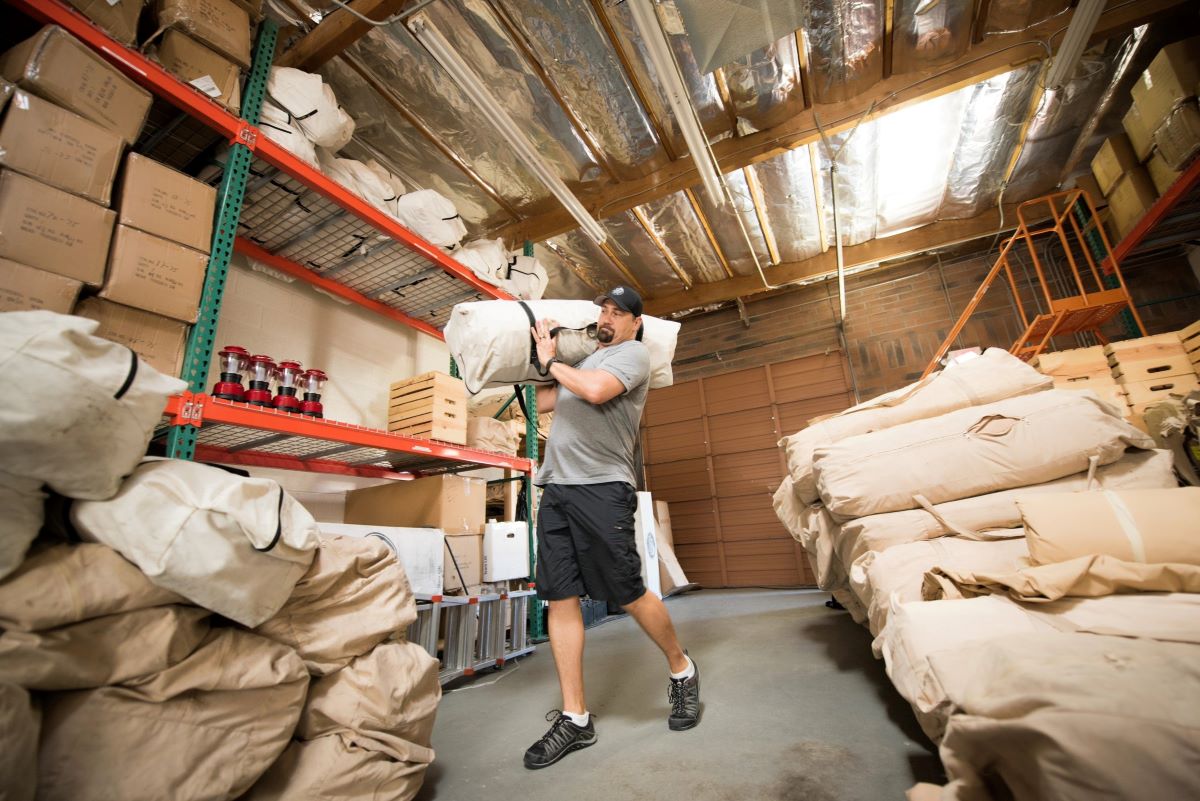


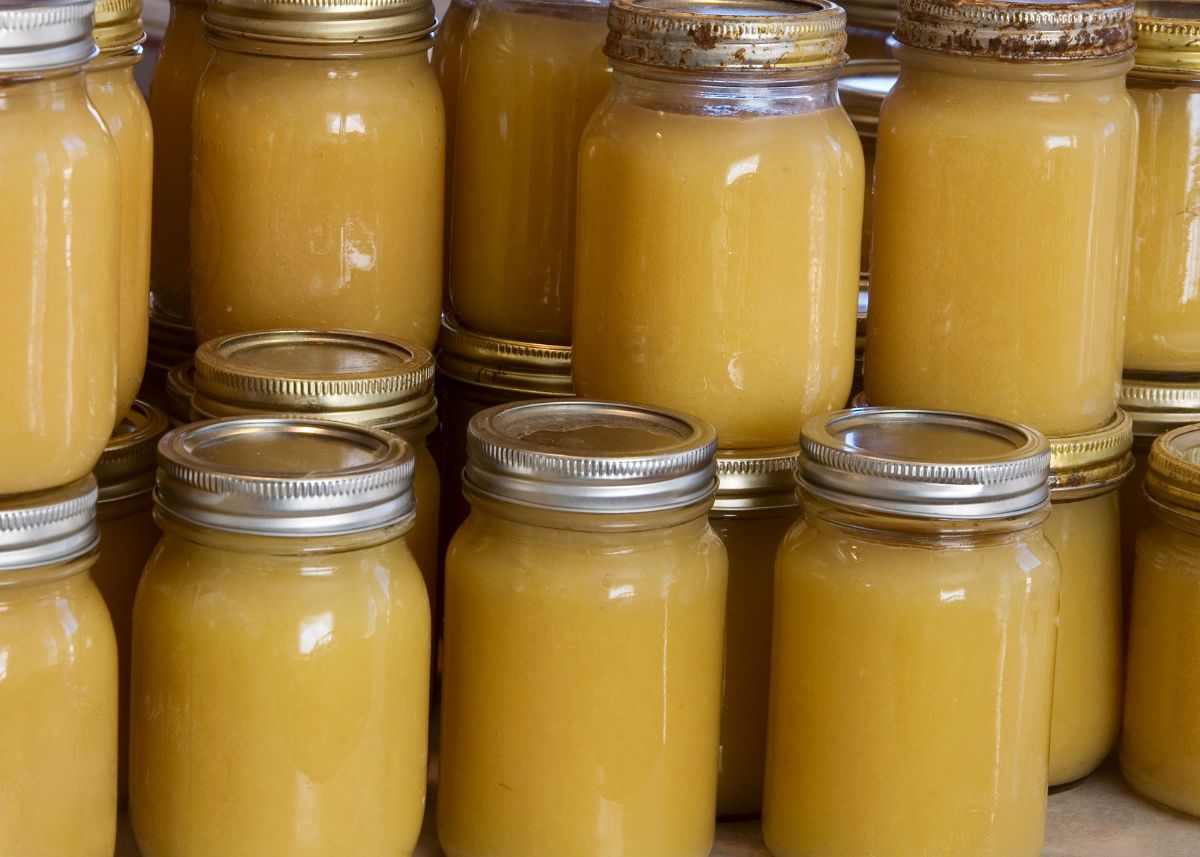
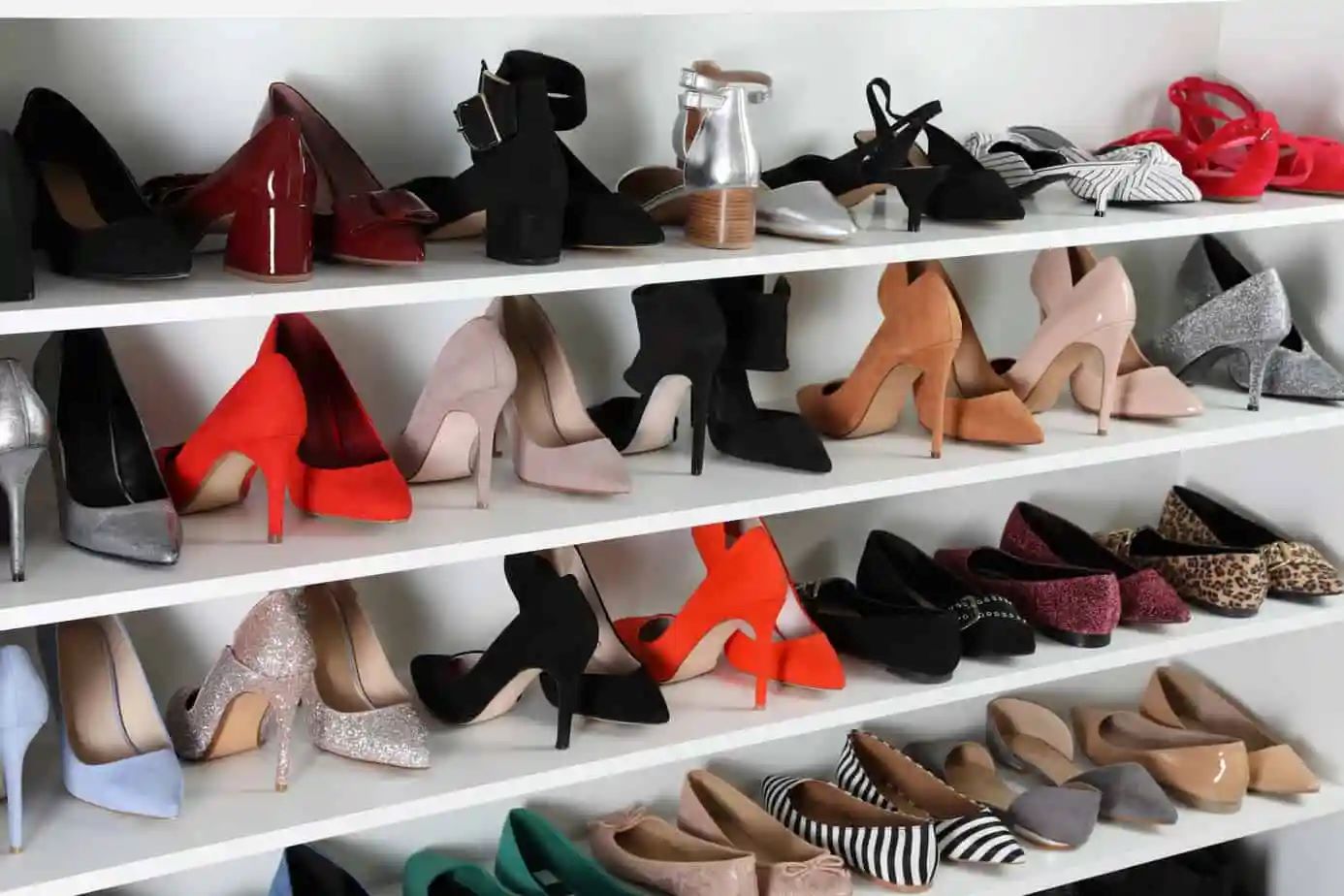

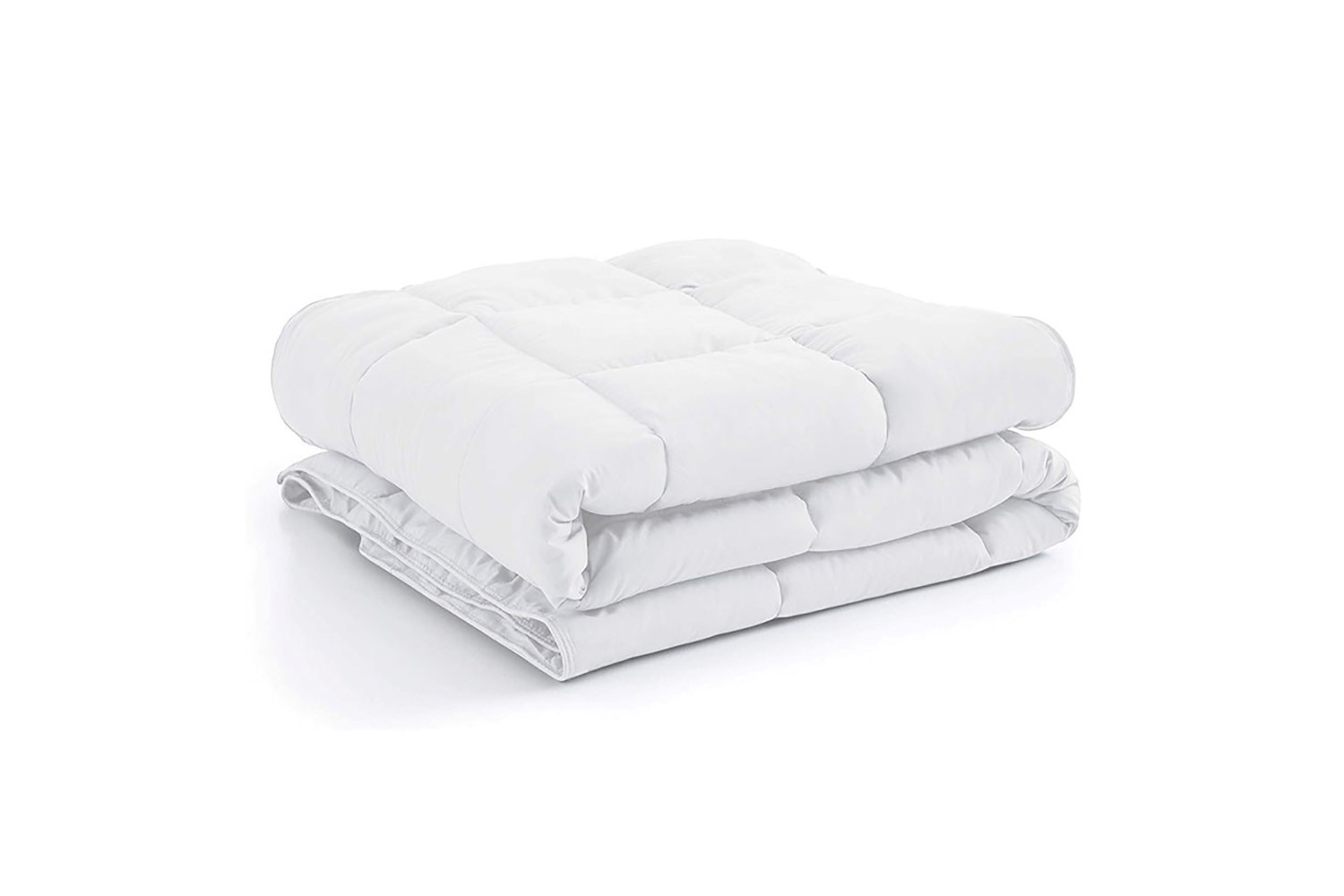
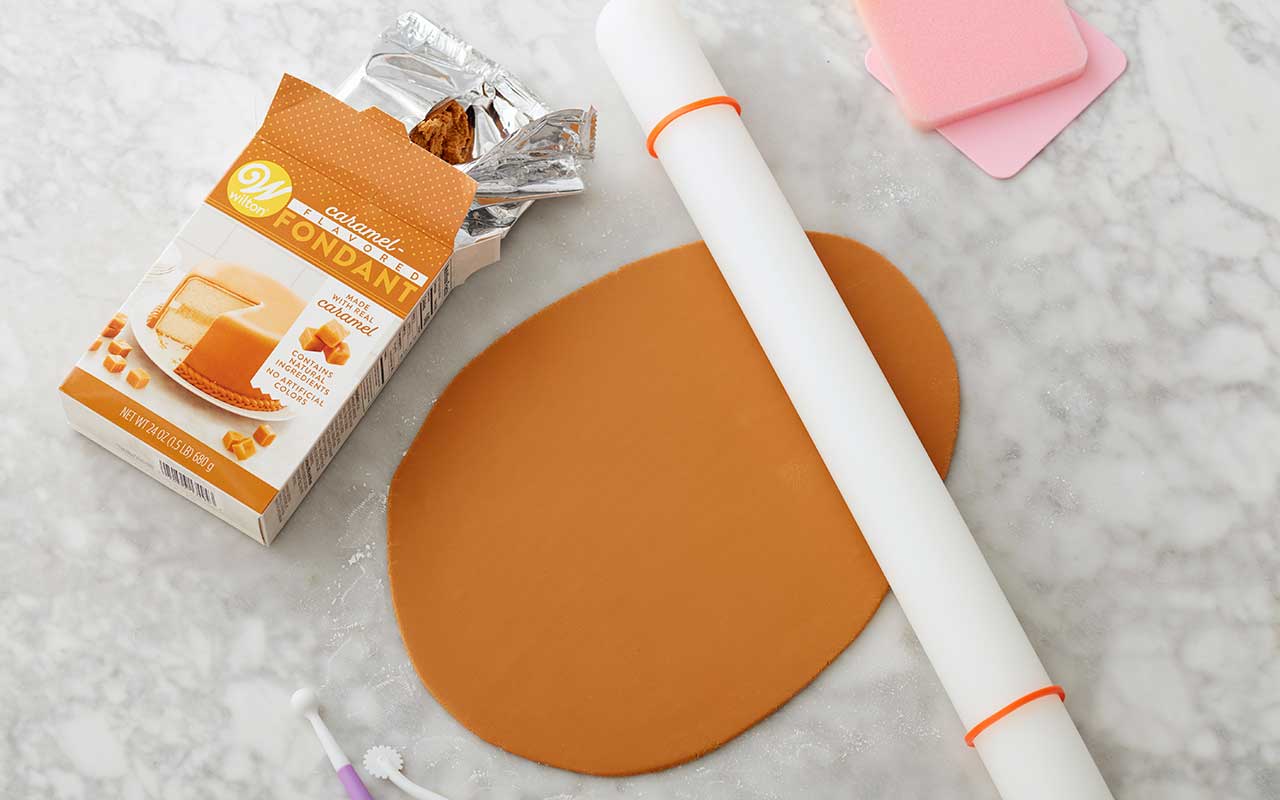
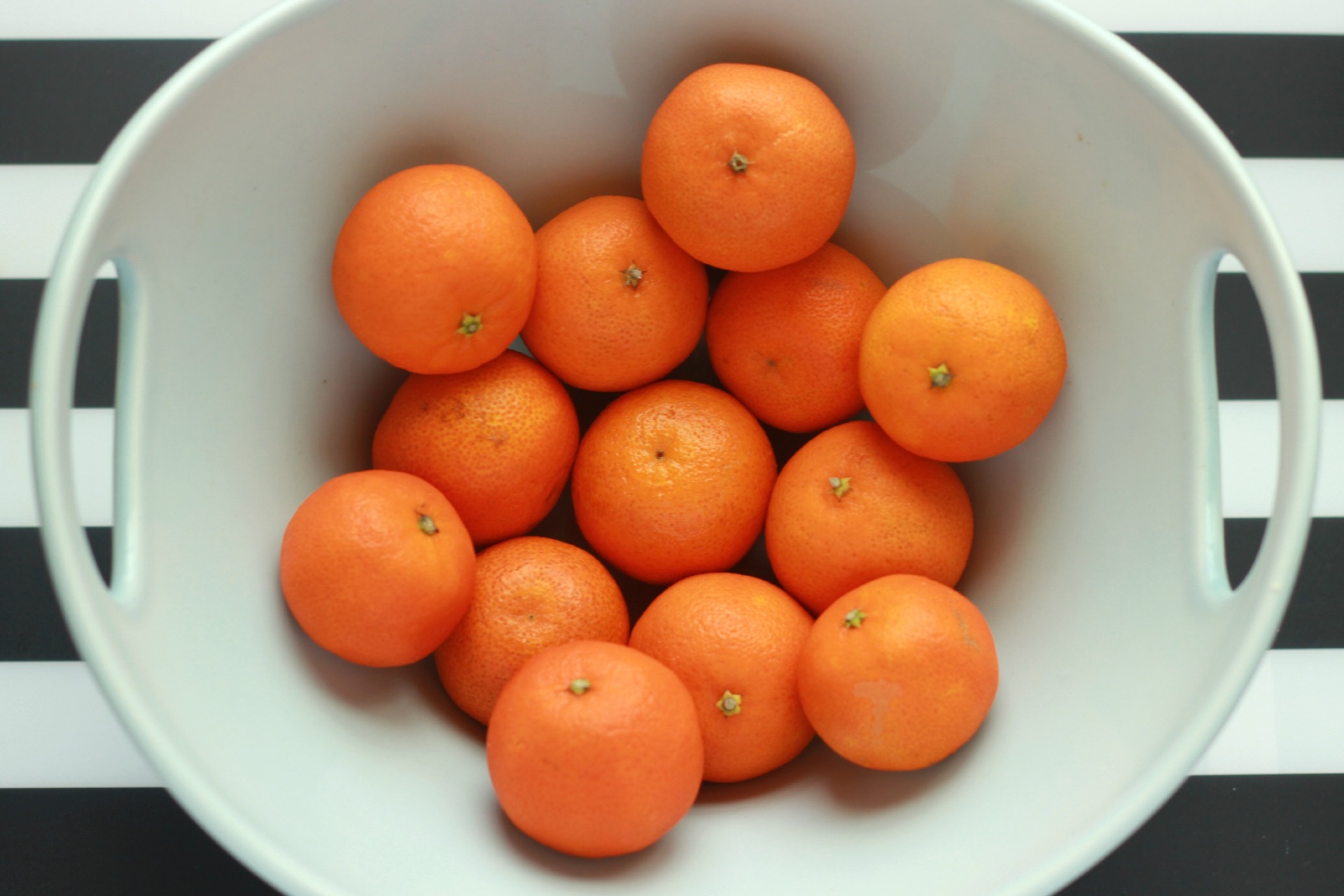

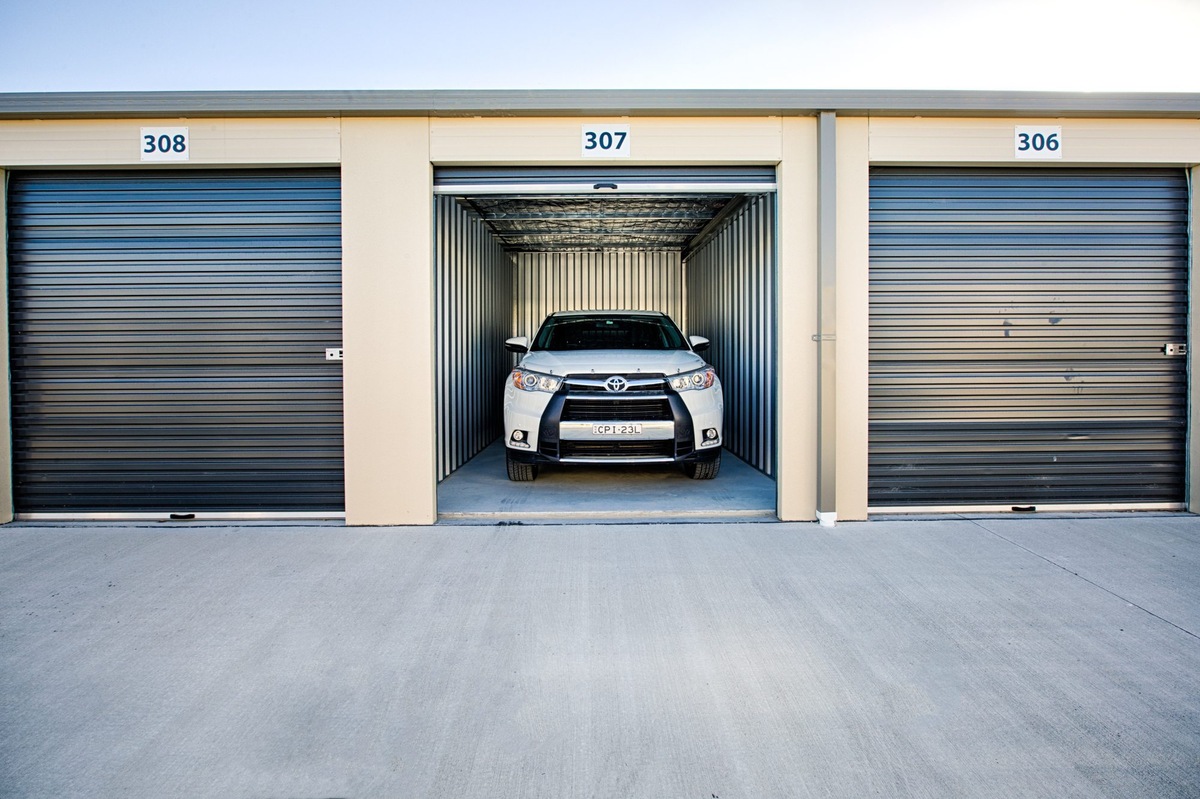

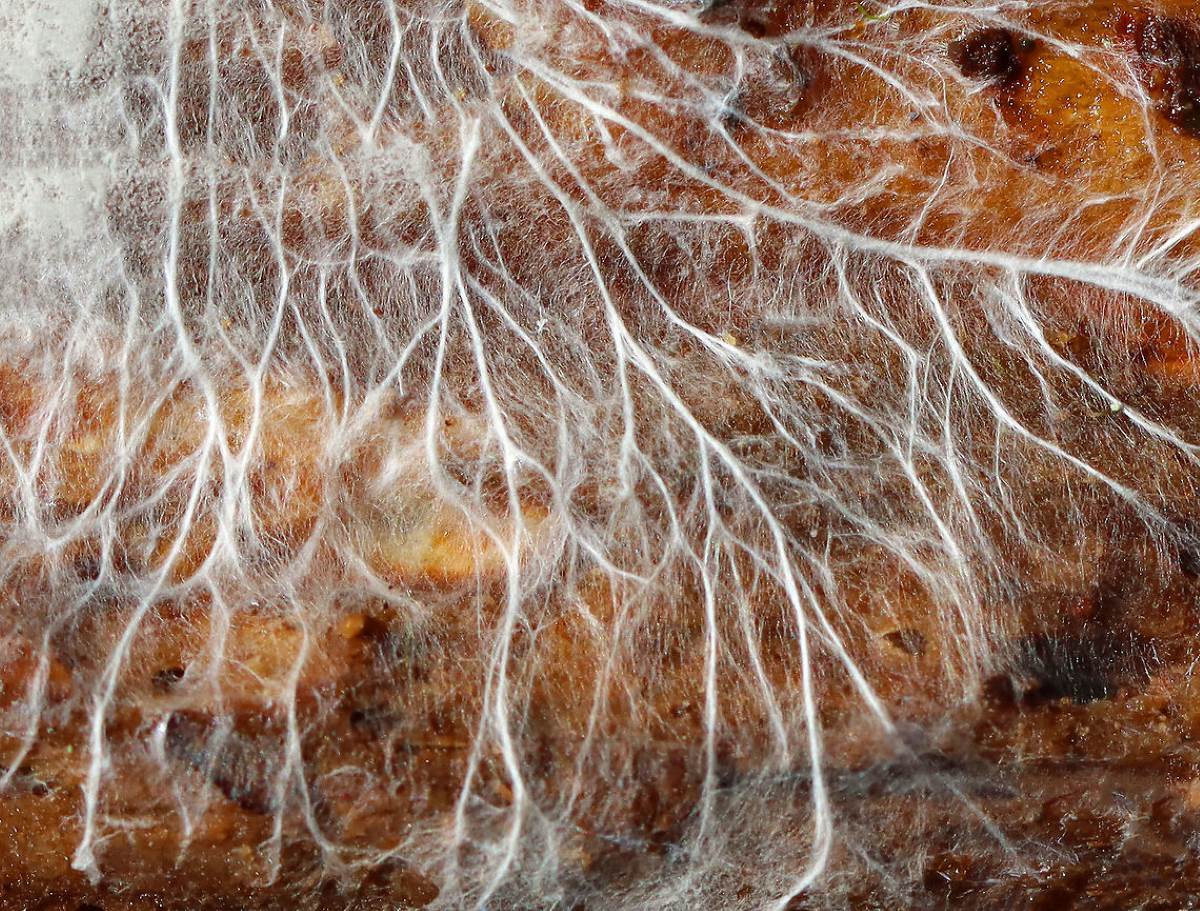

0 thoughts on “How To Store Medals”